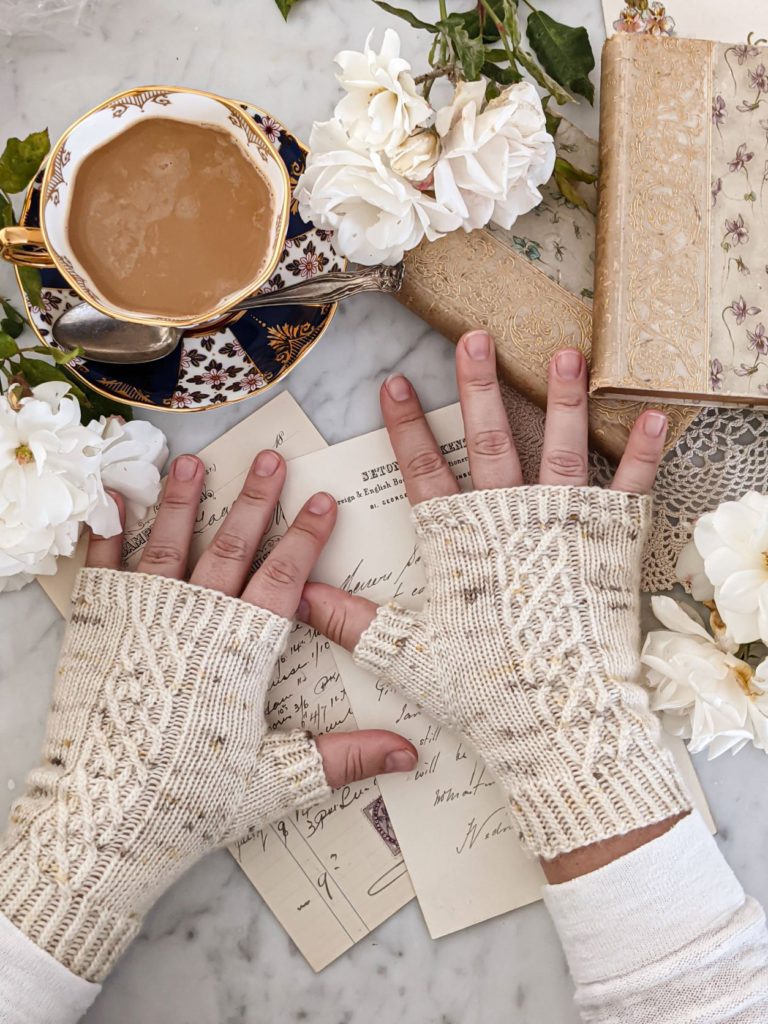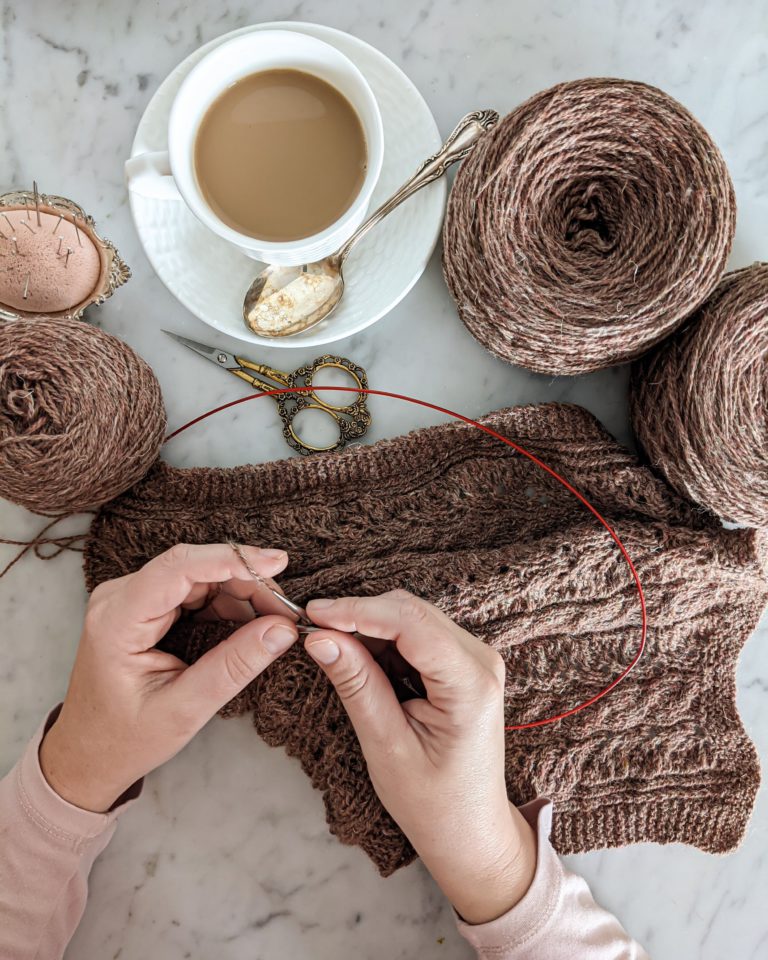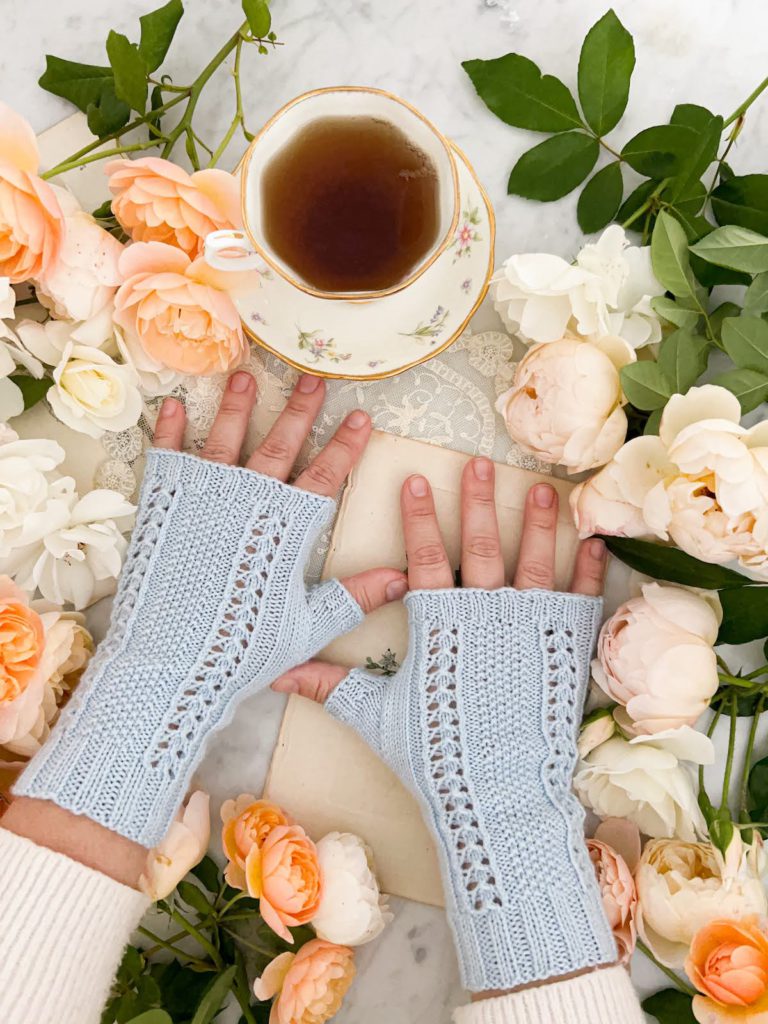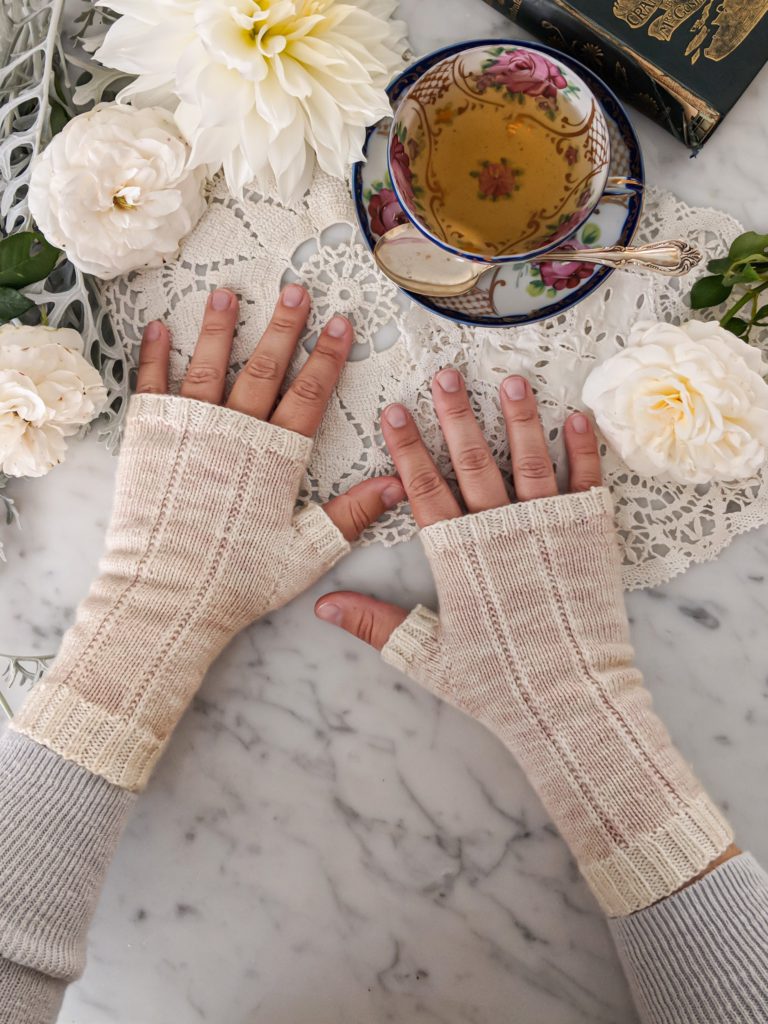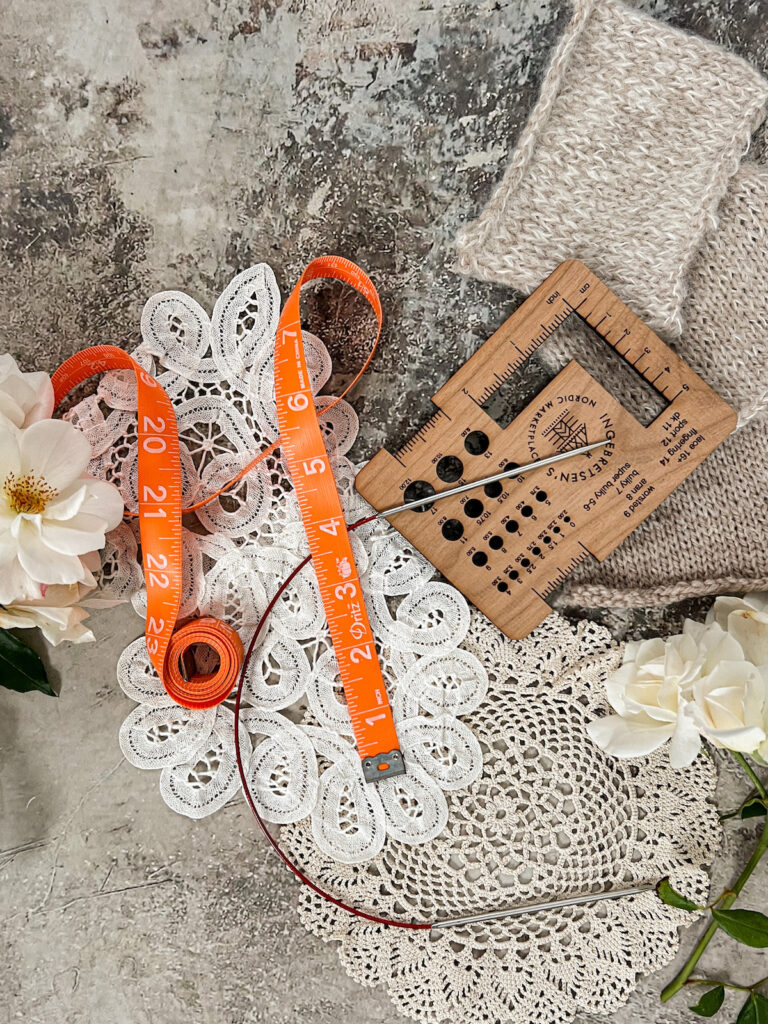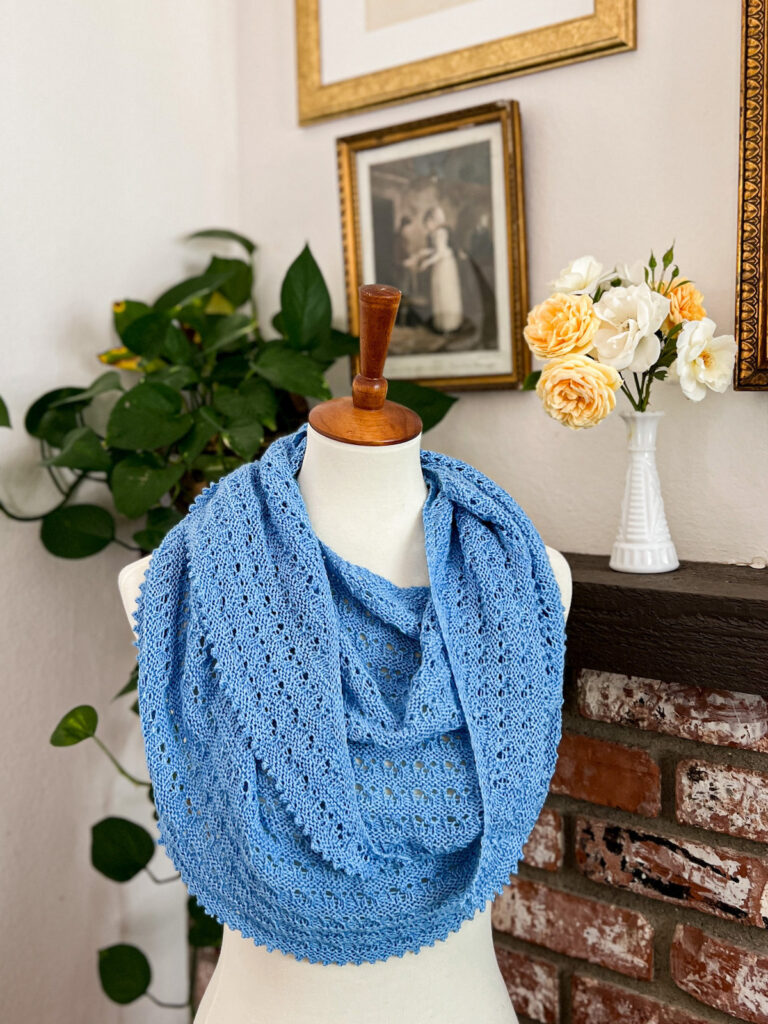Recently, I got to thinking about the role of blocking in a knitter’s life. I’ve been blocking my knitting from almost the very beginning.
You see, I’m almost entirely self-taught using internet videos and books, so I had a lot of questions when I started out. One of my first projects was a scarf that was mostly stockinette, and I couldn’t figure out why the heck it kept curling up on me.
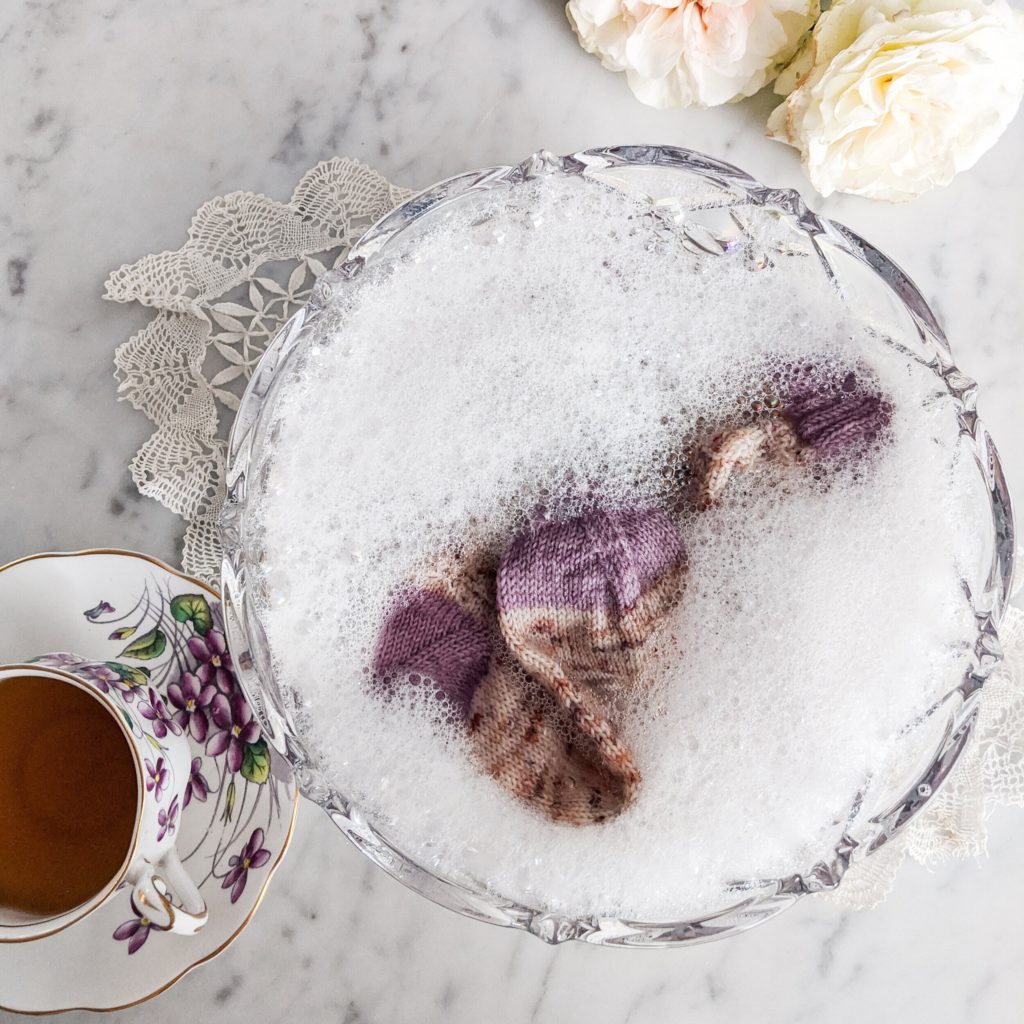
I got online, and I started running searches for things like, “how do I keep my knitwear from curling up?”
And so I discovered blocking. Ever since then, I have obsessively and, perhaps, aggressively blocked all of my knit projects. That’s because everything just looks more finished when it’s been blocked. Blocking is especially useful when working on lace, but I block even things that are almost entirely stockinette. I find the stitches just lay a little more smoothly, the yarn tends to bloom a bit with the introduction of water, and everything just looks so polished and professional.
I even block my socks. I know, I know. But seriously, take a look at the next photo.
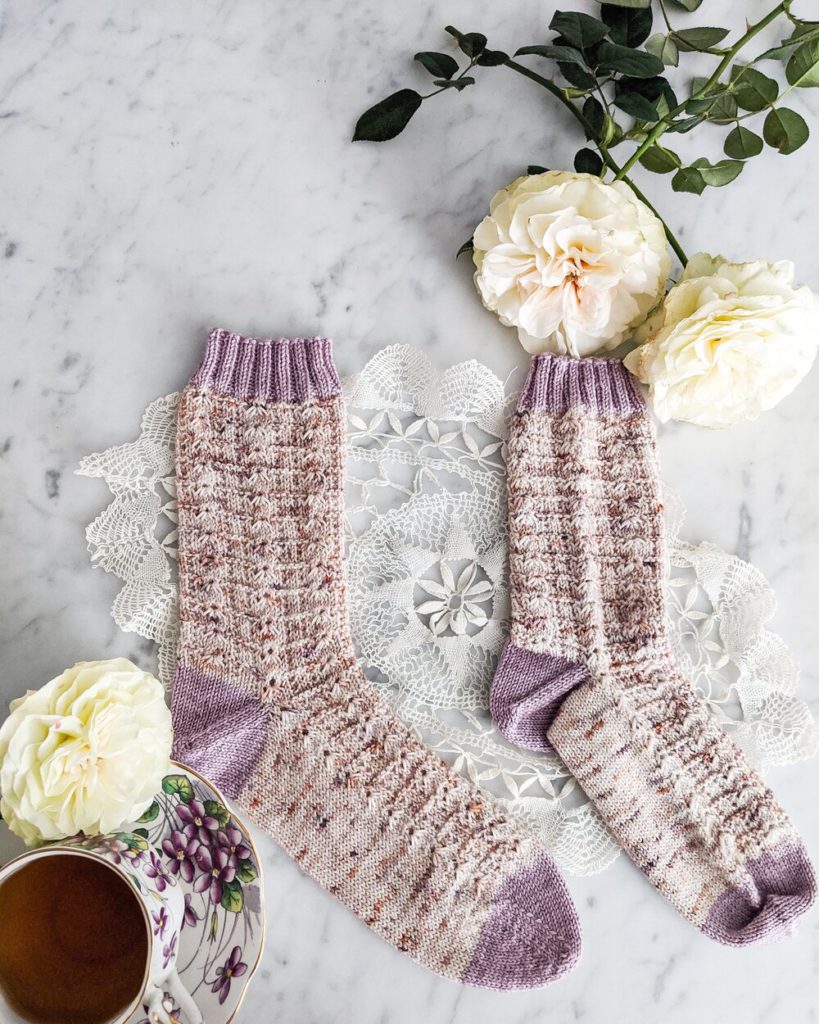
You’ll see a blocked sock next to an unblocked sock. Same yarn, same pattern, one sock nice and flat, one sock looking crumpled. They look more or less the same on the foot, but it makes storage so much easier when I can fold them up into a tiny little bundle.
Because I’m such a fan of blocking, I always give gauge for my patterns as measured against fabric that has been blocked. I figure that most people are going to block things, too, and my instructions specifically say to block items before wearing.
But I realized recently that not everybody blocks their projects, or maybe blocks some of them but not others, and maybe people have a different idea of what blocking means. There was some interesting discussion on Twitter a while ago when Kate Atherley suggested knitters should always block their swatches (FWIW, I agree with her—or, if you’re going to be the sort who doesn’t block, you need to be okay with the risk that your project won’t turn out exactly right and you need to not blame the designer for that). I got some thoughtful and nuanced takes on it when I raised the question on my Facebook and Instagram pages.
There is, shall we say, far less consensus on the topic than I had suspected there would be.
For me and my needs, blocking tends to fall into two categories. The one I always, always, always use is what I call the basic block. That’s where you just give your project a gentle soak in some lukewarm water, squeeze out excess water by rolling it up in a towel (but don’t wring it out, never wring your knits), and lay it flat to dry. For most knitwear, this is enough to achieve the finished look that I like.
The second kind of blocking, which I think of as stage two blocking or super blocking, is only really necessary for lace or projects that are otherwise scrunched up because of the stitch pattern and need to be tugged into shape. These are the kinds of projects you might want blocking wires and/or pins for. The vast majority of projects don’t call for something this advanced.
The great thing about basic blocking is that you don’t need a bunch of tools and you get a really great result afterward. I just make sure my bathroom sink is wiped out and pop the knitwear straight in there. Sometimes, I even just block a small project in a bowl on the kitchen counter. Then I squeeze out the excess water with an old bath towel, and I lay the knitwear flat somewhere to dry, usually on a kitchen counter under the window in winter time or out in the garden during summer. That’s it.
I know there are arguments in favor of just wearing an item and letting it take its shape that way. That might work for some things, but I still prefer a good wet block. Here’s why.
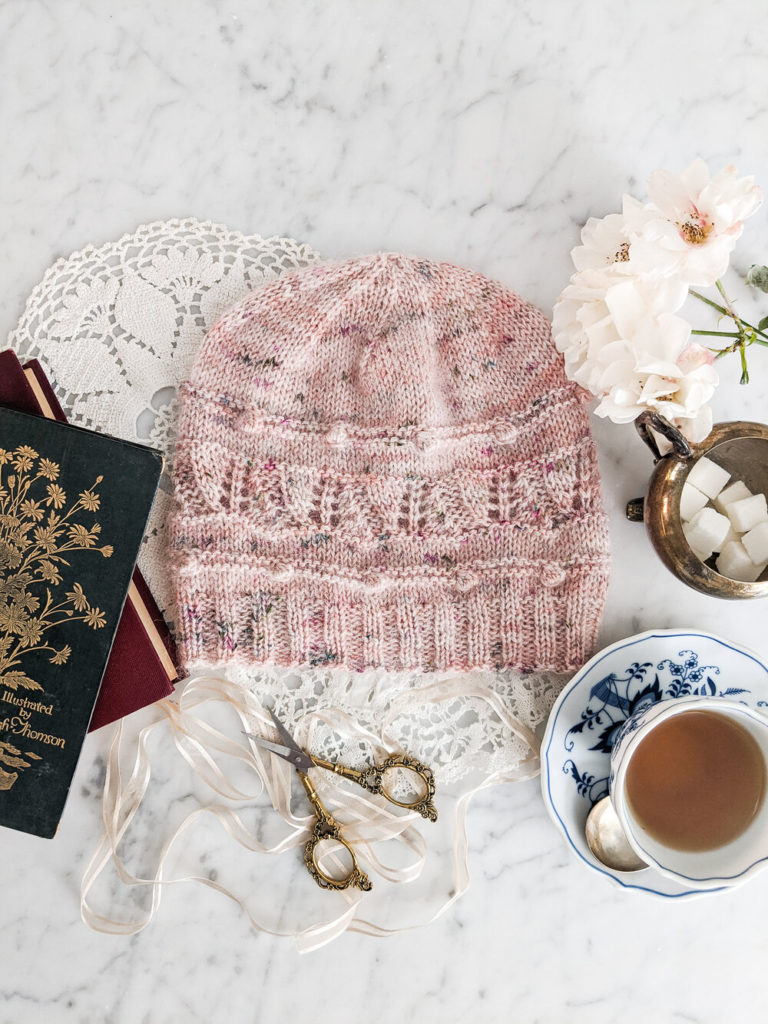
Let’s look at the last photo in this post. See that hat? Before it was blocked, the stitches were pretty snug together, and that was in part because of the fiber I used. This hat is knit with a single strand of fingering-weight yarn and a single strand of lace-weight silk-mohair held together, and it’s knit on size 8 needles, which is not what you would normally do for a fingering and lace-weight combination. I chose to use this needle size because I knew that, after blocking, the mohair would bloom beautifully and fill in the gaps to produce a lightweight, fluffy cloud of a hat.
If you look at the hat, you’ll see it’s rather loose and just skims the head. Putting the hat on and stretching it would help open up the stitches somewhat, but you wouldn’t get the same fabric blooming effect, so it wouldn’t have that soft halo look. That one’s only going to happen through wet blocking.
Okay, I admit it, I’m a bit of a blocking die-hard, but it’s for a reason. I’m a big believer in not wasting energy, so if I’m doing something every single time, it’s a pretty sure bet that it’s worth it.
Blocking is worth it.
Let’s stay connected!
Join my newsletter for 30% off all new releases, regular updates with helpful tips and tricks, first crack at registration for upcoming workshops, exclusive discounts, and more.
Join the A Bee In The Bonnet Facebook Group to participate in knitalongs and other fun community events
Come hang out with me on the A Bee In The Bonnet TikTok
Follow along on the A Bee In The Bonnet Instagram
Get inspired via the A Bee In The Bonnet Pinterest

